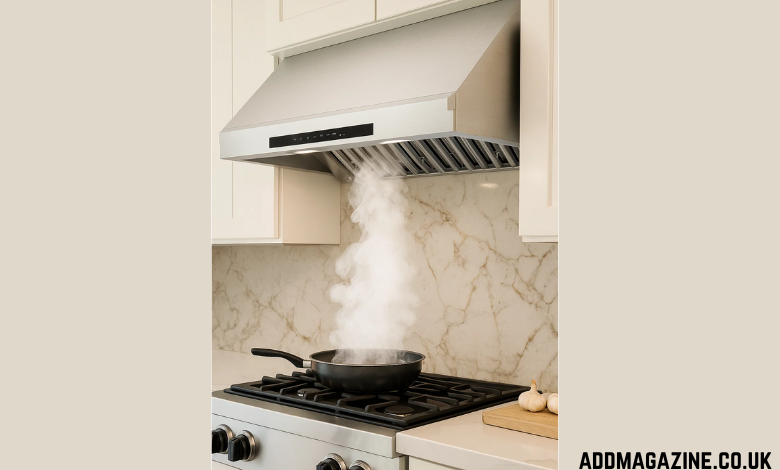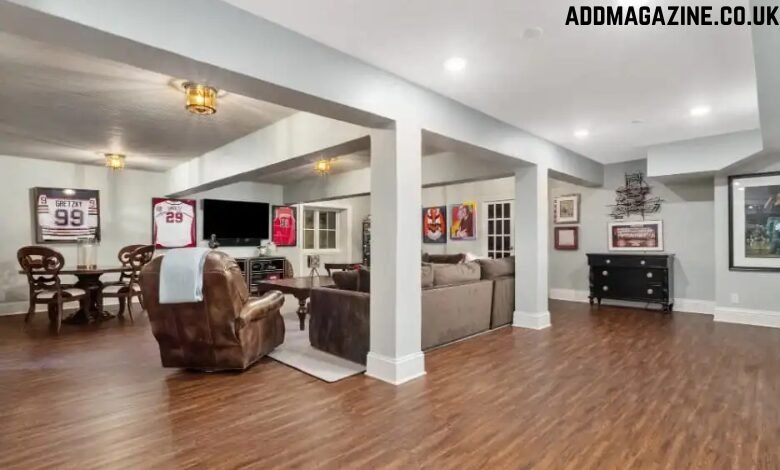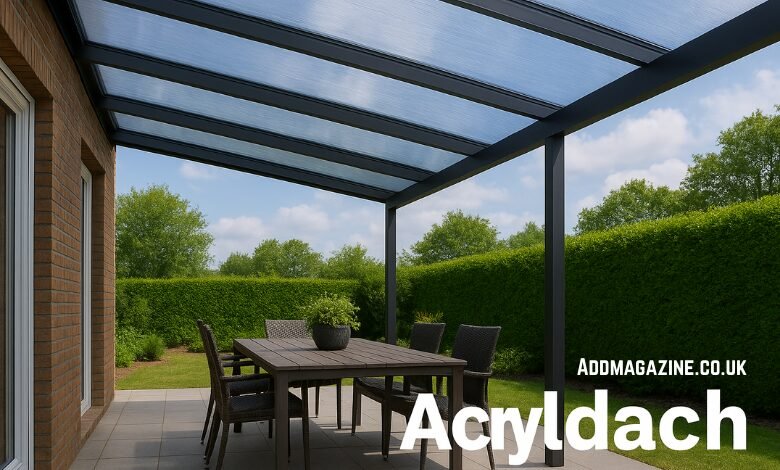Introduction
Few appliances have as much of an impact on kitchen design as a stainless steel range hood, which is both fashionable and practical. Beyond its elegant and classic appearance, a range hood is essential for preserving clean air quality because it eliminates smoke, oil, and residual smells. Selecting the ideal stainless steel range hood necessitates careful consideration, whether you’re remodeling your kitchen or replacing your outdated ventilation system.
We’ll go over everything you need to know before making a purchase in this comprehensive guide for homeowners on stainless steel range hood, from design types and features to airflow performance and maintenance advice. We’ll also explain how it stacks up against the top ductless range hood choices on the market right now.
Why Choose a Stainless Steel Range Hood?
For good reason, one of the most common options for homeowners is a stainless steel range hood. It blends excellent functionality with contemporary style. It is perfect for daily cooking because of its sturdy stainless steel finish, which is resistant to heat damage, corrosion, and grease accumulation.
In addition to being simple to clean, stainless steel goes well with practically any kitchen design, from farmhouse to modern. Your kitchen will appear brighter and more polished thanks to its reflective surface, which improves lighting. Above all, it provides outstanding longevity, guaranteeing that your investment endures.
Stainless steel range hood types
It’s critical to comprehend the various varieties of stainless steel range hoods before selecting a model. Every style has a distinct function and works well with multiple kitchen designs. Installing a wall-mounted range hood directly on the wall above your stove gives it a striking, polished look. It provides good ventilation and is perfect for areas with open walls. For kitchens with overhead cabinets, an under-cabinet range hood is ideal because it saves room without compromising functionality. It’s one of the most popular and practical options for homeowners. Cooktops situated on a kitchen island are the ideal location for an island range hood. These ceiling-mounted hoods effectively ventilate open kitchen layouts while serving as a visually arresting focal point.
Range Hoods: Ducted or Ductless
One of the most essential choices when purchasing a stainless steel range hood is whether to go with a ducted or ductless model. For heavy-duty cooking, a ducted range hood is ideal because it vents air outside your house. Although it requires the installation of external ductwork, it offers superior odor and smoke removal.
A best ductless range hood, on the other hand, filters air through charcoal filters before recirculating it. It is an excellent option for apartments or homes without existing ducts because it is simpler to install and maintain, even though it might not be as powerful as a ducted system. The best ductless range hood models on the market today can provide remarkable performance while preserving a sleek, stainless steel finish, making them ideal for those seeking flexibility and convenience.
Considerations for Installation
Before investing in a stainless steel range hood, assess the design of your kitchen. Make sure there is enough room for ventilation by looking at the area above your hob.
Because ducted hoods need to be vented outside, account for installation expenses and structural modifications. For a more straightforward setup, choose a ductless model if ductwork is not practical.
Making the correct size choice is also crucial. For best coverage and performance, the hood should be the same width as your cooktop or slightly wider. For instance, a 30-inch cooktop and a 30-inch stainless steel range hood go hand in hand.
Upkeep Advice for Longevity
Maintaining your stainless steel range hood properly will guarantee that it looks fantastic and works well for many years to come. To get rid of fingerprints and grease, wipe the surface frequently with a gentle cloth and a mild detergent.
Depending on how frequently you cook, clean, or replace the filters, every few months. To avoid blockages, check your ducted hood’s ducts once a year.
Stainless Steel vs. Other Materials
Because it strikes a balance between strength, affordability, and beauty, stainless steel continues to be the most popular material among homeowners, even though other materials like copper or glass offer distinctive aesthetics. It easily blends in with contemporary appliances, can withstand high heat, and is resistant to rust.
When combined with adequate ventilation, a stainless steel range hood offers the ideal balance of design and functionality, improving the look and air quality of your kitchen.
Conclusion
More than just a kitchen accessory, a stainless steel range hood is an investment in the long-term safety, cleanliness, and aesthetic appeal of your house. You can improve your cooking experience while keeping your kitchen odor-free and fresh with the correct size, airflow capacity, and design.
Finding a model that fits your space and cooking needs is crucial, whether you decide on a ducted system for optimal performance or investigate the best ductless range hood for more straightforward installation. Your stainless steel range hood will continue to shine for many years to come with the proper maintenance and wise choice.




